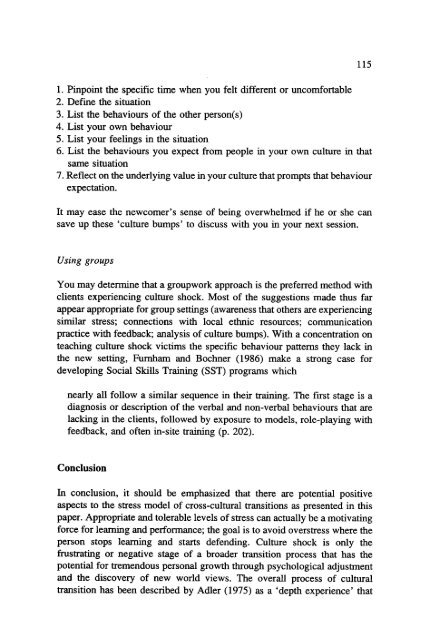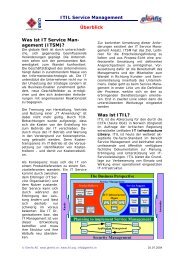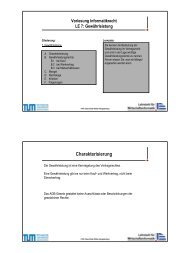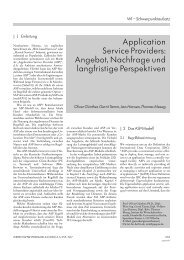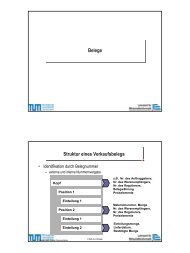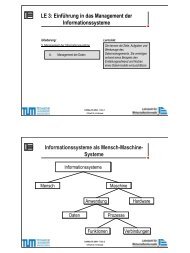Cross-cultural transitions and wellness: Dealing with culture shock
Cross-cultural transitions and wellness: Dealing with culture shock
Cross-cultural transitions and wellness: Dealing with culture shock
Create successful ePaper yourself
Turn your PDF publications into a flip-book with our unique Google optimized e-Paper software.
115<br />
1. Pinpoint the specific time when you felt different or uncomfortable<br />
2. Define the situation<br />
3. List the behaviours of the other person(s)<br />
4. List your own behaviour<br />
5. List your feelings in the situation<br />
6. List the behaviours you expect from people in your own <strong>culture</strong> in that<br />
same situation<br />
7. Reflect on the underlying value in your <strong>culture</strong> that prompts that behaviour<br />
expectation.<br />
It may ease the newcomer's sense of being overwhelmed if he or she can<br />
save up these '<strong>culture</strong> bumps' to discuss <strong>with</strong> you in your next session.<br />
Using groups<br />
You may determine that a groupwork approach is the preferred method <strong>with</strong><br />
clients experiencing <strong>culture</strong> <strong>shock</strong>. Most of the suggestions made thus far<br />
appear appropriate for group settings (awareness that others are experiencing<br />
similar stress; connections <strong>with</strong> local ethnic resources; communication<br />
practice <strong>with</strong> feedback; analysis of <strong>culture</strong> bumps). With a concentration on<br />
teaching <strong>culture</strong> <strong>shock</strong> victims the specific behaviour patterns they lack in<br />
the new setting, Ful-nham <strong>and</strong> Bochner (1986) make a strong case for<br />
developing Social Skills Training (SST) programs which<br />
nearly all follow a similar sequence in their training. The first stage is a<br />
diagnosis or description of the verbal <strong>and</strong> non-verbal behaviours that are<br />
lacking in the clients, followed by exposure to models, role-playing <strong>with</strong><br />
feedback, <strong>and</strong> often in-site training (p. 202).<br />
Conclusion<br />
In conclusion, it should be emphasized that there are potential positive<br />
aspects to the stress model of cross-<strong>cultural</strong> <strong>transitions</strong> as presented in this<br />
paper. Appropriate <strong>and</strong> tolerable levels of stress can actually be a motivating<br />
force for learning <strong>and</strong> performance; the goal is to avoid overstress where the<br />
person stops learning <strong>and</strong> starts defending. Culture <strong>shock</strong> is only the<br />
frustrating or negative stage of a broader transition process that has the<br />
potential for tremendous personal growth through psychological adjustment<br />
<strong>and</strong> the discovery of new world views. The overall process of <strong>cultural</strong><br />
transition has been described by Adler (1975) as a 'depth experience' that


